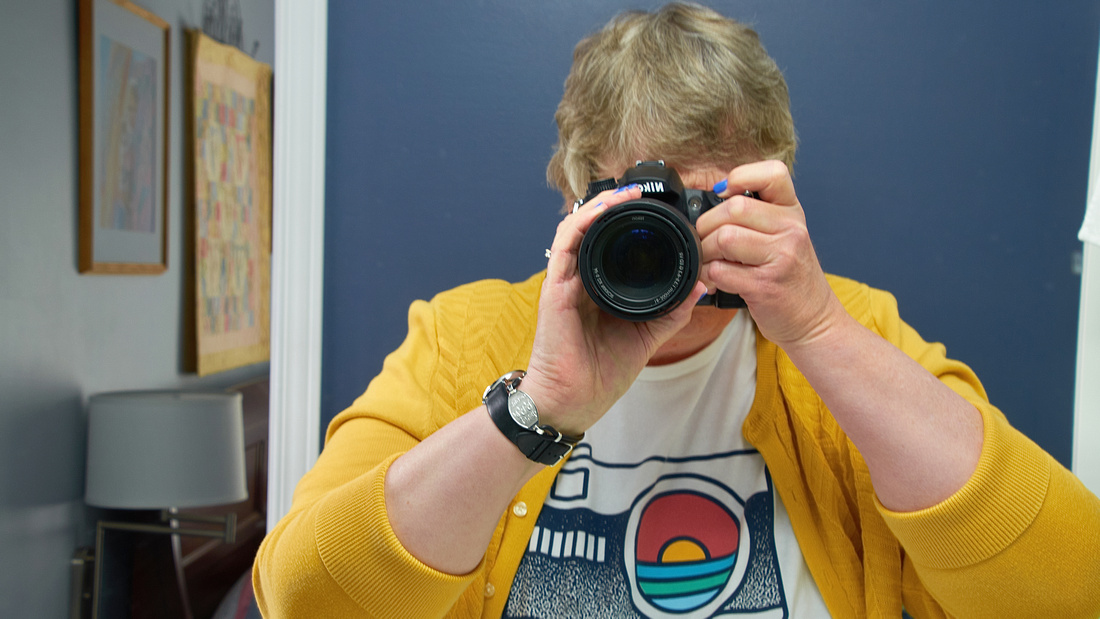Perspective or Prevarication?


Has photography become a socially acceptable fiction?
“I remember seeing that picture and realising that photographs weren’t real. There’s no context, just the illusion that you’re showing a snapshot of a life, but life isn’t snapshots, it’s fluid. So photos are like fictions. I loved that about them. Everyone thinks photography is truth, but it’s just a very convincing lie.”*
If photography is fiction, then composition is the initial dishonesty. The lie begins to take shape the moment the photographer aims the camera, imposing his or her arbitrary, exclusionary, restrictive and preferential choices on anyone who later views the image. Vantage point, punctum**, exposure, and focal length (zoom), all combine to determine what is or is not in the shot.
The implicit lie is frame and focus.
But do I think composition is a lie? No. For amateur photographers and many professionals, composition is merely part of the creative process - it’s how we tell our stories. Where framing might become a work of fiction is in the field of photojournalism and documentary photography; situations where all the elements are essential to accurately portray the truth. In those circumstances, and depending on how the lens is placed and used, the truth might be skewed, giving the viewers a vision of things that is not wholly accurate.
The next level of deception is the trickery, also known as post-camera production. Software and applications, most notably Photoshop, enable the photographer to manipulate and change the image to suit their aesthetic or to portray a situation in, perhaps, a more favourable light. And this is something we’ve all done.
The most egregious use of editing tools is in the field of style, as presented by glossy magazines. Fashion photographers are well-known master manipulators, their “retouching” skills extending to reshaping brows (even bodies), widening eyes, adding height, eliminating weight etc. all to please the editor and meet his/her aesthetic expectations. Egregious, because this form of editing contributes hugely to false beauty standards and body-image issues in the eyes of many of their readers.
Fictions include both removing and adding elements to the image: Unwanted people and items (pimples, branches, fences, power lines, etc.) can be deleted with the click of a mouse, a technique used, for example, to give viewers the illusion that the photographer and his wife were the only two souls at the Eiffel Tower, the day they visited. Conversely, objects (clouds or stars in the sky) or people may be added to the image, like imposing a shot of the photographer and his wife, taken in their living room in Ontario, onto a shot of the Eiffel Tower, as if they were actually in Paris. Definitely fiction!
Photo editing might also, in some instances, be a reflection of the photographer’s diplomacy and discretion - showing a more compassionate, sympathetic and flattering truth.
The line between truth and deception blurs, though, when special effects are added. Personally, I don't believe these changes interfere with the truth of the photograph. Filters, desaturation (think the red coat in “Schindler's List”), vignetting, exaggeration of highlights and shadows to alter the mood and atmosphere of the shot, selective exposure (lightening the area around a subject’s eyes), are definitely key to the artistic process. Necessary, even. Whilst retouching sometimes goes too far, the versatility offered by today’s software definitely enables photographers to improve and enhance their images in order to advance their vision.
Perspective or Prevarication? Whether you believe that photography yields the truth or a fancily embroidered fiction, in any photograph, the truth is merely the photographer’s, not the empirical truth. The computer, the camera and its settings, the lenses, and the art of composition, are all essential parts of the photographers storytelling toolkit. They’re how the photographer showcases his subjects in order to tell the best possible story. A fiction or a truth? Your call…
’Til next time, y’all…
*Victoria Elizabeth (V.E.) Schwab, from her fantasy novel The Invisible Life of Addie LaRue, chapter IV - “New York City March 18, 2014”, page 345.
**Punctum: A small point, a moment or the essence.